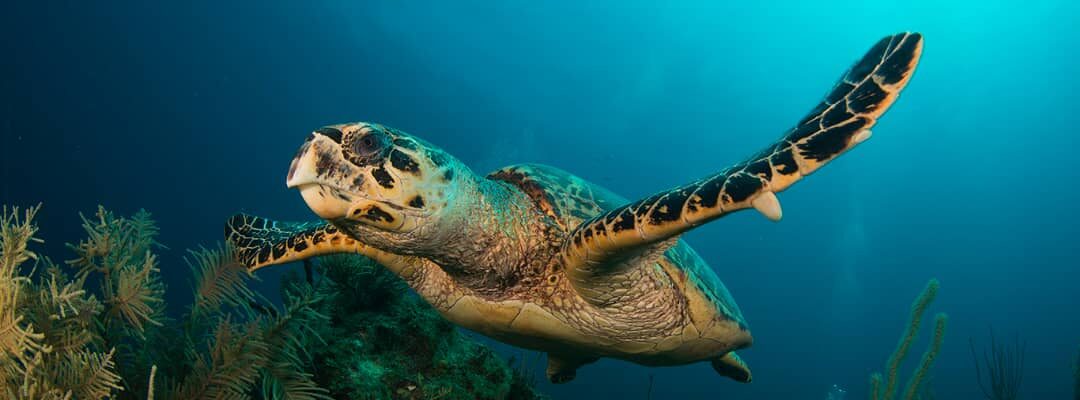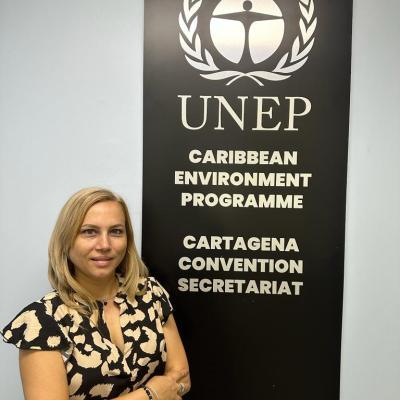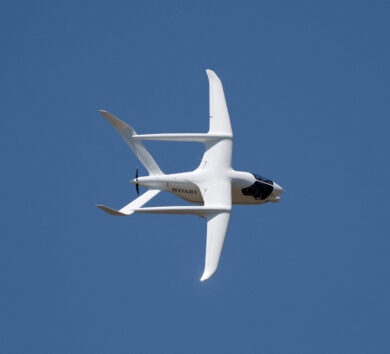

The Cartagena Convention Secretariat is celebrating the 25th anniversary of the Protocol Concerning Specially Protected Areas and Wildlife (SPAW Protocol) coming into effect.
This significant milestone observed on June 18 marks a quarter century of dedicated efforts to conserve and sustainably manage the rich and fragile marine and coastal biodiversity of the Wider Caribbean Region.
The SPAW Protocol is one of three vital protocols under the Convention for the Protection and Development of the Wider Caribbean Region (WCR), commonly known as the Cartagena Convention. Adopted in 1983, the Convention is the only legally binding regional agreement for the protection of the Caribbean Sea, supported by its protocols; the Oil Spills Protocol, the Land-Based Sources of Marine Pollution (LBS) Protocol and the SPAW Protocol.
According to Susana Perera-Valderrama, Programme Management Officer for the SPAW Sub-Programme at the Cartagena Convention Secretariat, Ecosystems Division, The SPAW Protocol serves as the cornerstone for regional collaboration in safeguarding the Caribbean’s irreplaceable marine and coastal natural heritage. “It provides a unique legal framework for the establishment and management of marine protected areas, and for the protection and recovery of endangered and threatened species of marine and coastal flora and fauna. Its importance to the Caribbean Sea and its peoples cannot be overstated, as healthy ecosystems are fundamental to the region’s economic well-being, food security, and cultural identity, supporting vibrant tourism industries and traditional livelihoods.”

The SPAW Protocol has been essential in protecting the Caribbean’s most important coastal and marine ecosystems—coral reefs, mangroves, and seagrass beds—along with the rich diversity of flora and fauna they support. These habitats shelter endangered and iconic species such as sea turtles (e.g., Hawksbill, Leatherback, Green), marine mammals (e.g., dolphins, whales, and the West Indian manatee), reef-building corals, migratory birds, and key fish species like parrotfish. The Protocol also promotes the conservation of vital plant species, including seagrasses (Thalassia testudinum, Syringodium filiforme) and mangroves (Rhizophora mangle, Avicennia germinans, Laguncularia racemosa), which play critical roles in coastal resilience, carbon storage, and ecosystem productivity.
Key Milestones
Since its adoption on January 18, 1990, and entry into force on June 18, 2000, the SPAW Protocol has achieved several significant milestones. Among them is the establishment and periodic updating of its three annexes, which list more than 300 species requiring regional protection. In parallel, the network of SPAW-listed protected areas has grown to 37 sites across 9 Contracting Parties, including ecologically significant locations such as Mount Scenery National Park in Saba. These designations help ensure effective management and international recognition of key conservation areas throughout the Wider Caribbean Region.
The SPAW Programme has also played a vital role in strengthening regional governance and ecosystem-based coastal and marine habitat management. Achievements include the finalization of the Regional Strategy and Action Plan for the Valuation, Protection and/or Restoration of Key Marine Habitats (2021–2030), the publication of the State of Nearshore Marine Habitats Report (2023) and the update of the Action Plan for the Conservation of Marine Mammals in the Wider Caribbean (2023–2028). Revitalised SPAW Working Groups, coordinated by the SPAW Regional Activity Centre, on protected areas, species, exemptions, and Sargassum, aim to enhance technical support, coordination, and implementation across key thematic areas.

The Programme has also ensured the visibility and alignment of the SPAW Protocol within broader international agendas. SPAW contributes actively to global processes such as the Biodiversity Beyond National Jurisdiction (BBNJ) Agreement, the Kunming-Montreal Global Biodiversity Framework (GBF) of the Convention on Biological Diversity (CBD), the Convention on International Trade in Endangered Species of Wild Fauna and Flora (CITES), the Convention on the Conservation of Migratory Species of Wild Animals (CMS), and the Ramsar Convention.
Furthermore, the Caribbean Marine Protected Area Management Network and Forum (CaMPAM), established in 1997 as a pilot initiative under SPAW, has played a pioneering role in strengthening MPA management across the region. Through training-of-trainers courses on Marine Protected Area management, small grants, exchanges, and capacity-building initiatives. CaMPAM has supported over 1,500 practitioners and continues to foster knowledge-sharing and best practices in marine conservation throughout the Wider Caribbean.
Contracting Parties
Currently, 19 countries are Contracting Parties to the SPAW Protocol, demonstrating a strong regional commitment to biodiversity conservation. These parties include: The Bahamas, Barbados, Belize, Colombia, Cuba, Dominican Republic, France (for its Caribbean territories). Grenada, Guyana, Honduras, the Kingdom of the Netherlands (for its Caribbean territories), Nicaragua, Panama, Saint Lucia, Saint Kitts and Nevis, Saint Vincent and Grenadines, Trinidad and Tobago, the United States of America and Venezuela.
Pending Ratifications
Perera-Valderrama urged the seven remaining Cartagena Convention Parties, including Antigua and Barbuda, Costa Rica, Dominica, Guatemala, Jamaica, Mexico, and the UK to ratify the SPAW Protocol, and called on Haiti and Suriname to join the Convention and its Protocols to strengthen regional marine and coastal protection.
She highlighted the lasting impact of the SPAW Protocol as a symbol of regional cooperation for biodiversity, reaffirming a collective commitment to a healthy and resilient Caribbean Sea and continued collaboration to advance SPAW’s goals. “The Cartagena Convention Secretariat also looks forward to continuing its vital work with all Contracting Parties and partners to advance the objectives of the SPAW Protocol, promoting a sustainable future for the Wider Caribbean Region.”







Comments